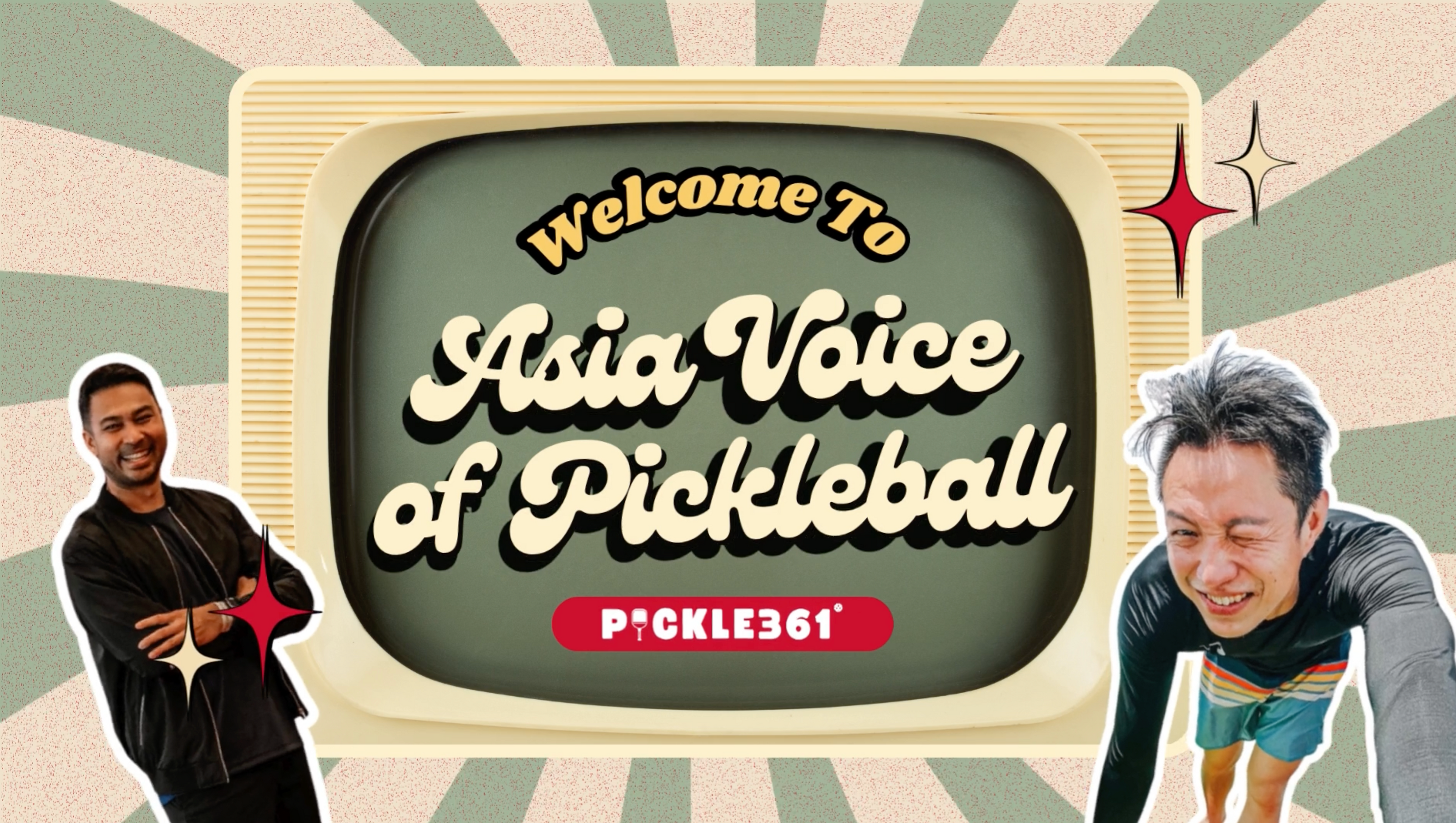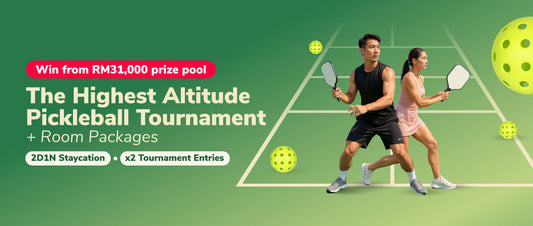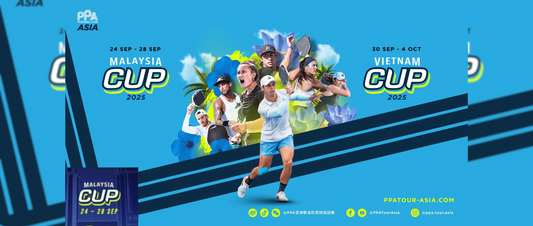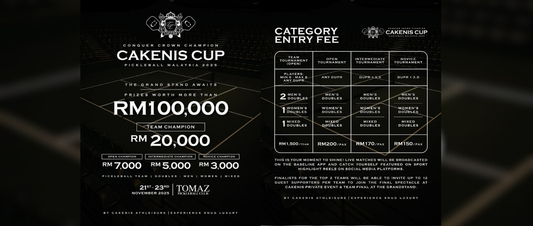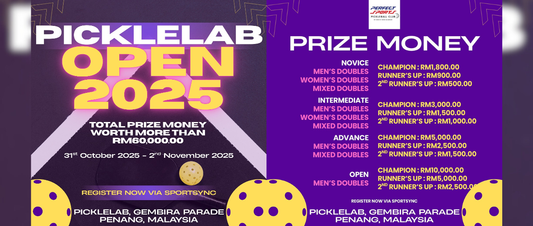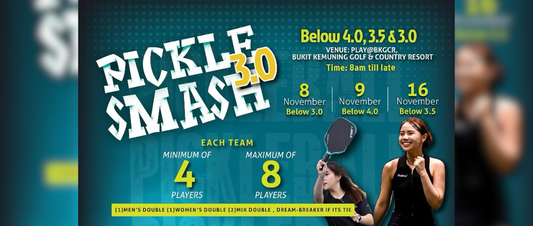
Rally Scoring is Killing Pickleball in Malaysia
Jiunn LeePickleball's growth in Malaysia, and in any emerging market can be influenced significantly by the scoring system adopted.
How Scoring in Pickleball Works
There are two main systems.
Traditional (Side-Out) Scoring:
- Only the serving team can score. You serve, you win the rally - you get a point. If you lose the rally, the serve goes to the next player or team. Games are usually played to 11 points, win by 2.
Rally Scoring:
- Every rally results in a point, no matter who served. It’s simpler to follow and often shortens the game, which is why it’s gaining traction among beginners and casual tournaments.
 Image via Instagram
Image via Instagram
With that in mind, comparing rally scoring vs traditional (side-out) scoring gives insight into how Malaysia can scale its pickleball ecosystem - whether for community play, youth programs, or competitive leagues.
Comparing rally scoring vs traditional (side out) scoring, here’s how each might impact the sport’s growth potential in Malaysia:
|
Feature |
Rally Scoring |
Traditional Scoring |
|
Point awarded |
Every rally, regardless of serve |
Only serving side can score |
|
Game duration |
More predictable and often shorter |
Can be longer and more variable |
|
Ease of learning |
Simpler for beginners to grasp |
More complex scoring rules |
|
Professional appeal |
Aligns with other sports (like volleyball) |
Preserved tradition and strategy |
|
Adoption trend |
Growing in amateur, recreational play |
Standard in pro circuits (as of 2024) |
Pros of Rally Scoring for Growth
- Beginner friendly: Makes learning easier for new players, which is crucial in a developing pickleball scene like Malaysia’s.
- Shorter Game Times: Allows more people to play in a limited time and ideal for urban environments with scarce courts.
- Better for Events and Schools: Predictable game lengths help organizers run events and tournaments more smoothly.
- Media friendly: More consistent pacing makes it more broadcast, and spectator friendly.
Cons of Rally Scoring
- Dilution of Strategy: Advanced players argue it reduces the tactical depth of the game, which might hinder the sport’s long, term competitiveness.
- Disconnect from Global Standards: If Malaysia builds its grassroots system on rally scoring, transitioning to international (traditional) rules can be jarring.
- Resistance from Purists: Enthusiasts familiar with traditional scoring may resist adoption, creating fragmentation.
While rally scoring is often seen as easier and faster, the majority of pickleball games in the United States, including recreational and social matches, still use traditional (side-out) scoring.

Why That Matters for Malaysia
1. Cultural Standardization
- Traditional scoring is deeply ingrained in the culture of U.S. pickleball.
-
Beginners are taught this system from day one, creating a consistent learning experience that scales from parks to pro tournaments.
2. Alignment with Official Play
- All sanctioned tournaments, including those by USA Pickleball and PPA (Professional Pickleball Association), use traditional scoring.
- Recreational players prefer to mirror the "real" game, which enhances community cohesion and pride.
3. Community Continuity
- Many local clubs and leagues blend social and competitive play. Traditional scoring helps maintain a unified structure, preventing confusion when players transition between levels.
4. Game Length Is Not a Major Deterrent
- In U.S. settings, players don’t mind slightly longer games especially when the experience is social.
- Players value the strategic flow and momentum shifts unique to traditional scoring.
Conclusion: Is Rally Scoring Bad for Growth in Malaysia?
No, but with caveats.
If Malaysia adopts rally scoring widely at the grassroots level, it may create a disconnect between local players and international standards and make it harder to scale up to competitive play.
It also risks needing a full system retraining if Malaysia begins hosting sanctioned tournaments or participating in global competitions.
Rally scoring could accelerate early stage adoption by lowering the barrier to entry, however, for long term competitive development, especially if Malaysia aims to produce international-level players, traditional scoring must eventually be taught and adopted.
-
Authored by Jiunn Lee (@jiunnlee33), a dedicated pickleball enthusiast with over two decades of residence in the United States, this piece examines the contrast between American and Southeast Asian approaches to the sport. His frequent journeys between Seattle and various Asian locales provide a unique perspective for this analysis.



